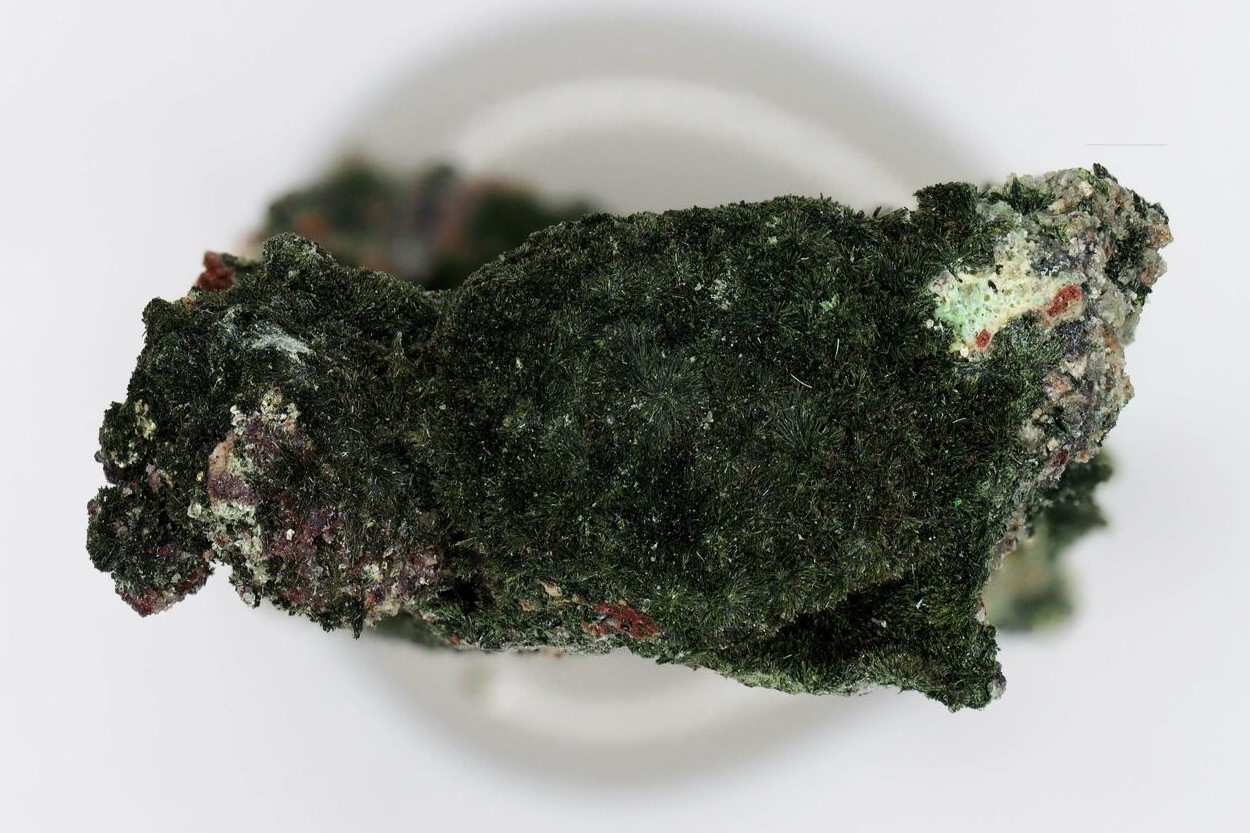
What is Lyonsite? Lyonsite is a rare mineral that intrigues both geologists and collectors. Discovered in 1987, this mineral is named after John B. Lyons, a notable geologist. Lyonsite primarily consists of copper, iron, and vanadium, giving it a unique composition. Found mainly in the San Juan Mountains of Colorado, its striking appearance makes it a sought-after specimen. This mineral forms in oxidized zones of vanadium-rich ore deposits. Its distinctive greenish-black color and metallic luster set it apart from other minerals. Understanding Lyonsite offers a glimpse into the complex processes that shape our planet. Whether you're a geology enthusiast or just curious, learning about Lyonsite can be both educational and fascinating.
Key Takeaways:
- Lyonsite is a rare mineral named after John Lyons, known for its dark green to black color. It's found in hydrothermal veins and has unique properties, making it a favorite among mineral collectors and researchers.
- This mineral, with its starburst-like crystals and association with other rare minerals, has intrigued scientists and mineral enthusiasts since its discovery in 1974. Its rarity and striking appearance make it a sought-after specimen for collectors.
What is Lyonsite?
Lyonsite is a rare mineral that has intrigued geologists and mineral enthusiasts alike. Its unique properties and formation make it a subject of fascination. Let's dive into some interesting facts about this mineral.
-
Lyonsite is named after the American mineralogist John Lyons, who first discovered it.
-
This mineral is primarily found in hydrothermal veins, which are fractures in rocks filled with mineral-rich water.
-
Lyonsite has a chemical formula of Cu3Fe+3(VO4)2(OH)4, indicating it contains copper, iron, vanadium, and oxygen.
-
The mineral typically forms in small, prismatic crystals that can be quite striking under a microscope.
-
Lyonsite is known for its dark green to black color, which is due to its copper and iron content.
Where Can You Find Lyonsite?
Finding Lyonsite isn't easy, but certain locations are known for this mineral. Here are some places where Lyonsite has been discovered.
-
The type locality for Lyonsite is the Centennial Eureka Mine in Utah, USA.
-
It has also been found in the Tsumeb Mine in Namibia, a site famous for its diverse mineral specimens.
-
In Europe, Lyonsite has been located in the Lavrion District of Greece, an area rich in mineral history.
-
Some samples have been reported from the Ojuela Mine in Mexico, another well-known mineral site.
-
Small quantities have been discovered in the Kipushi Mine in the Democratic Republic of Congo.
Unique Properties of Lyonsite
Lyonsite isn't just another mineral; it has some unique properties that set it apart. Let's explore these characteristics.
-
Lyonsite has a Mohs hardness of 3.5 to 4, making it relatively soft compared to other minerals.
-
It has a vitreous to dull luster, which means it can appear glassy or somewhat matte.
-
The mineral is opaque, meaning light does not pass through it.
-
Lyonsite has a specific gravity of 4.1, indicating it is denser than many common minerals.
-
Under ultraviolet light, Lyonsite does not fluoresce, unlike some other minerals.
Uses and Applications of Lyonsite
While Lyonsite is not widely used in commercial applications, it has some interesting uses in various fields.
-
Lyonsite is primarily of interest to mineral collectors due to its rarity and unique appearance.
-
Geologists study Lyonsite to understand the conditions under which it forms, providing insights into hydrothermal processes.
-
Some researchers use Lyonsite as a reference material in mineralogical studies.
-
In educational settings, Lyonsite can be used to teach students about complex mineral structures and compositions.
-
Occasionally, Lyonsite is used in jewelry, although its softness makes it less ideal for this purpose.
Fun Facts About Lyonsite
Let's wrap up with some fun and lesser-known facts about Lyonsite that might surprise you.
-
Lyonsite crystals can sometimes form in radial patterns, creating a starburst-like appearance.
-
The mineral can be found in association with other rare minerals like mottramite and descloizite.
-
Lyonsite was first described in 1974, making it a relatively recent addition to the mineral world.
-
Despite its rarity, Lyonsite has been the subject of several scientific papers and studies.
-
Collectors often seek Lyonsite specimens for their unique crystal habits and striking colors.
Final Thoughts on Lyonsite
Lyonsite, a rare mineral, holds a unique place in the world of geology. Found mainly in volcanic environments, this mineral's striking appearance and chemical composition make it a subject of fascination. Its vibrant colors, ranging from deep reds to rich browns, are due to its complex mix of elements like copper, vanadium, and oxygen.
Despite its rarity, lyonsite has practical applications. It's used in scientific research to understand volcanic processes and mineral formation. Collectors also prize it for its beauty and rarity, making it a sought-after addition to mineral collections.
Understanding lyonsite not only enriches our knowledge of Earth's geological diversity but also highlights the intricate processes that create such unique minerals. Whether you're a geology enthusiast or just curious about the natural world, lyonsite offers a glimpse into the fascinating complexities of our planet.
Frequently Asked Questions
Was this page helpful?
Our commitment to delivering trustworthy and engaging content is at the heart of what we do. Each fact on our site is contributed by real users like you, bringing a wealth of diverse insights and information. To ensure the highest standards of accuracy and reliability, our dedicated editors meticulously review each submission. This process guarantees that the facts we share are not only fascinating but also credible. Trust in our commitment to quality and authenticity as you explore and learn with us.
